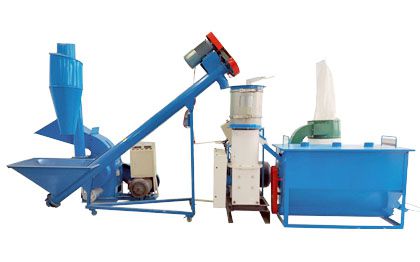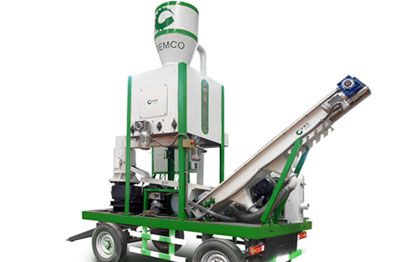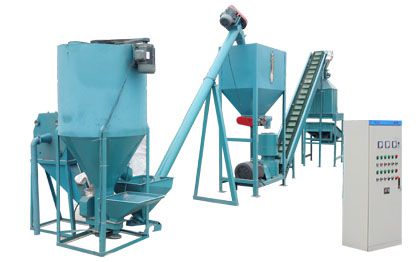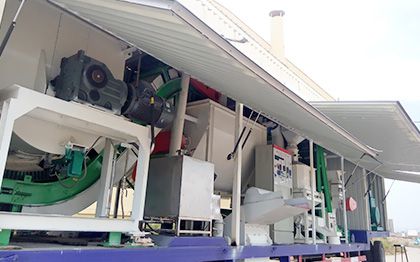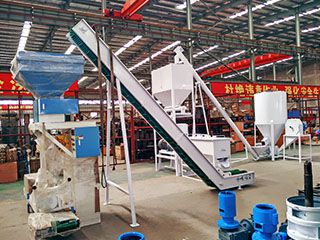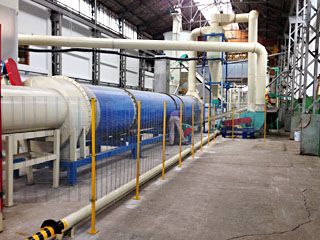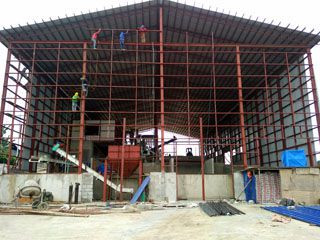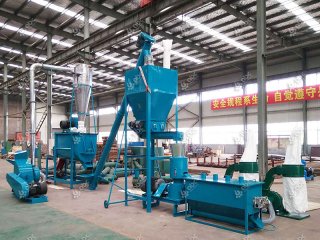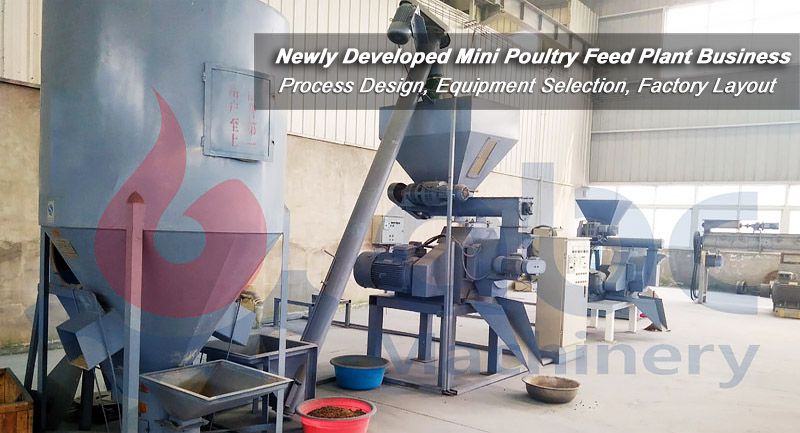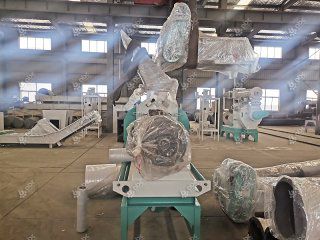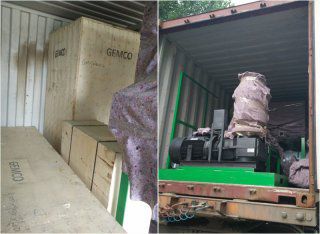Project Name: Complete Animal Feed Production Line
Feed Mill Output: 5 tons per hour
Application: Manufacturing feed pellets from various fodder materials. It is suitable for making both poultry feed and livestock feed products.
This is a complete medium scale production line of animal feed designed and built for one of our client in domestic. The production capacity is 5 tons per hour, which is equal to 30,000 tons per year. For more information about this feed processing plant and related animal feed machinery, just feel free to contact us!
Animal Feed Machinery Photos of the Project
The followings are some onsite photos of the project and included feed machinery. View the photos to see if this is what you want. (Small Project: 1Ton per Hour Poultry Feed Plant in Uganda )
If you are interested in setting up a similar feed mill, don’t hesitate to get in touch with us for detailed info and equipment price list!
Feed Crushing Process
The quality of compounded animal feed is not only related to the formulation, but also related to the processing technology, equipment and quality control during the feed production. Therefore, to ensure the quality, and increase the comprehensive economic benefits of breeding, we must select advanced feed processing technology and suitable animal feed machine, and conduct overall management and evaluation of feed quality. (Related Article: 5 ton/hour Feed Pellet Production Process Design)The Purpose of Crushing Feed
Crushing is the most basic process of feed production. The main functions is:- Promote Digestion
- Conducive to Mixing
- Easy for Pelletizing
- Convenient for eating
The Requirement of Feed Crushing Size
Crushing is the necessary conditions for improving feed quality and it is also one of the necessary means to make rational use of feed. Most grin and large cake oil cake need to be crushed. The crushing fineness shall be determined according to the animal species, age, physiological conditions of different livestock, as well as process requirement. In theory, each animal has its best particle size at its different physiological stages. Too large or too small both have adverse effects on digestion.
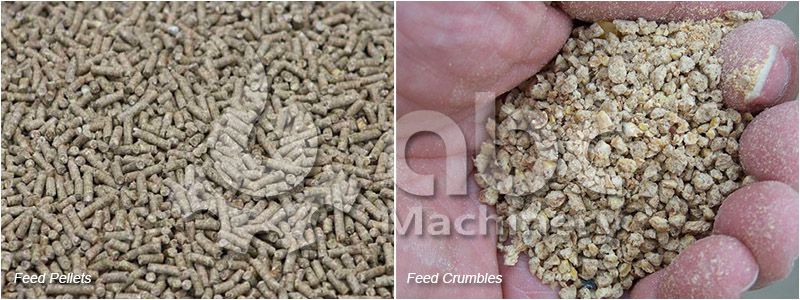
If the crushing is too coarse, it will affect the physical digestion. If the crushing is too fine, the dust can easily cause respiratory and digestive disorders. Besides, excessive crushing can increase the power consumption, reduce the output, and accelerate the wear of the equipment which will greatly increase the processing cost. Moreover, the temperature of the feed is also increased by the shrinkage of the mesh, increasing the weight loss due to moisture loss, which will indirectly effect economic benefits of the feed processing production. Excessive crushing also increase the dust concentration in the workshop. Dust is not only a cause of feed waste, but also a basic factor of dust explosion which is catastrophic consequences.
Recommend Particle Size in Feed Production
The following granularity ranges are generally recommended in feed production:
- Chicken Feed
- Pig Feed
Piglets: 1.0mm
Early Fattening Period: 1.0mm
Late Fattening Period: 1.0mm
- Dairy Cattle
Young Cattle: Under 2.0mm
Adult Dairy Cattle: length under 15.0mm for straw / stalk, diameter under 2.0mm for grain.



